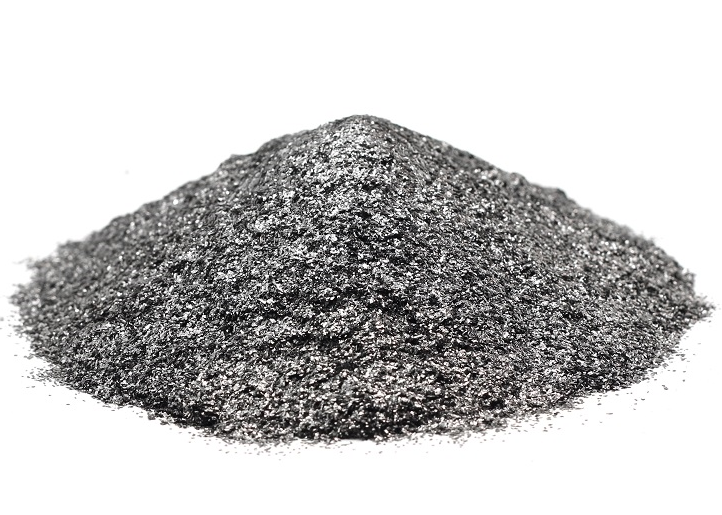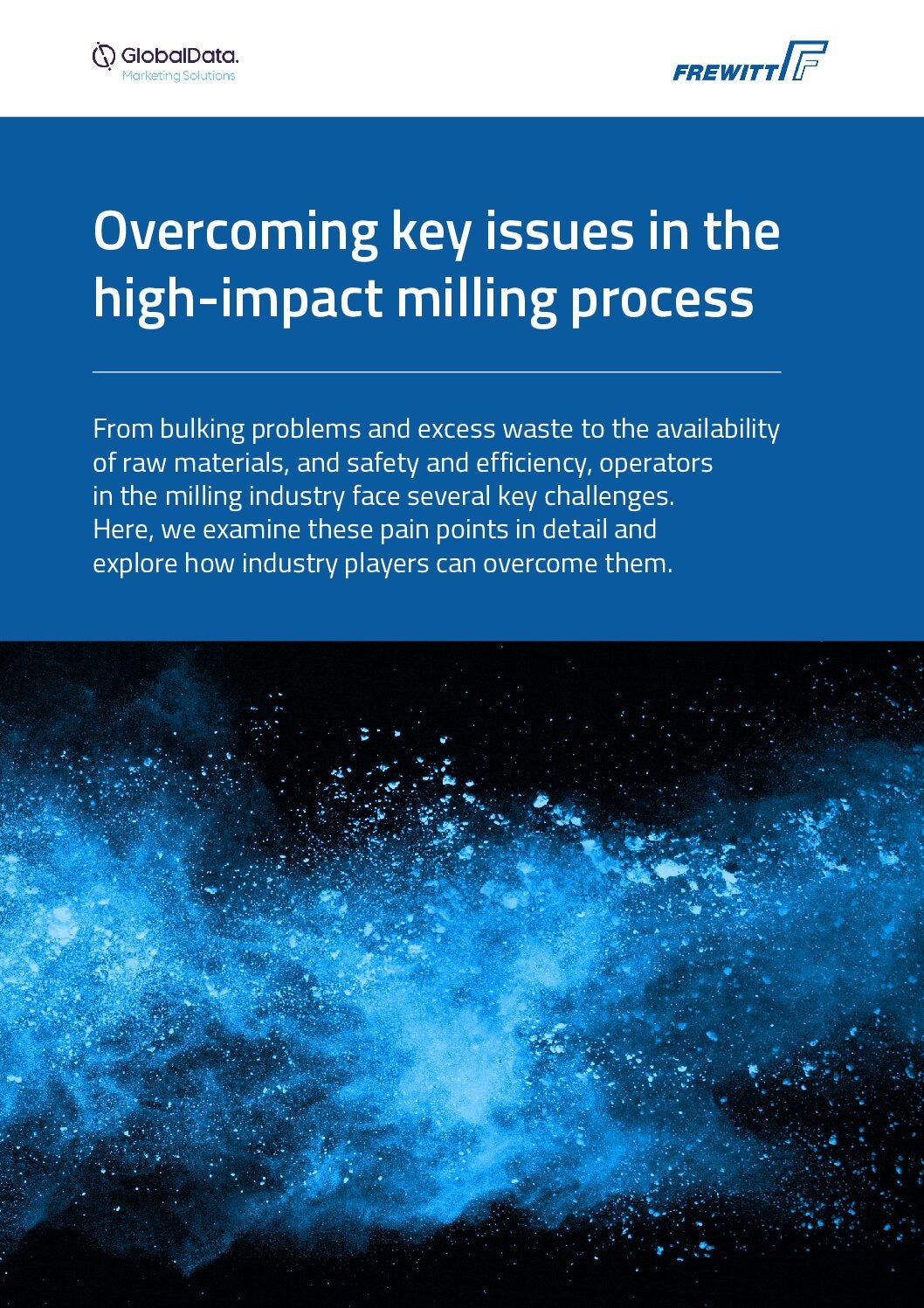
Graphite is the most common, stable, crystalline form of carbon and has a wide variety of end uses in nuclear, automotive, and high-technology industries. For instance, in rechargeable lithium-ion (Li-ion) batteries, the negative electrode is made of graphite.
Li-ion batteries represent a pivotal technology in the power sector and are major components in electric vehicles (EVs). Due to this, a large-scale market for Li-ion has evolved and thematic research by GlobalData[i] estimates that the battery energy storage market will reach US$10.84 billion by 2026. This growth is indicative of the fact that adoption of batteries is necessary to eliminate current fossil fuel-driven energy production and replace it with cleaner and ‘greener’ energy production.
To provide for this market, global graphite production is set to rise. GlobalData analysis[ii] for the forecast period (2022-2025), sees production is expected to increase from 1,145.5kt in 2022 to 1,567.2kt in 2025 – a 11% CAGR, with China remaining as the world’s largest producer, followed by Mozambique and Brazil.
The future of graphite
The basic technology of chemical batteries has in the past been slow to evolve, and unlike electronics, they have not yet become noticeably smaller in size or weight, with electrochemical potential limited. Recent leaps in performance have come from the integration of new elements, such as lithium, so changes, such as switching to graphite anodes, has been paramount.
Due to lithium’s (Li) combination of lightness and high-energy density, Li-based batteries are expected to dominate the sector for the foreseeable future. Recent advances in lithium iron phosphate (LFP) batteries mean that LFP technology will increasingly compete with Li-ion batteries for electric vehicle and stationary storage applications. And over the next decade, lead-acid’s primary market in starting, lighting, and ignition systems for internal combustion engine vehicles and hybrids will be increasingly eroded. GlobalData forecasts that battery electric vehicles (BEVs) will account for 15% of the total market volume by 2025, with global battery EV production hitting 15.5 million units.
Graphite supply chain
In a paper commissioned by the US International Trade Commission (USITC)[iii] in May 2022, it was stated that a notable feature of the graphite global value chain is that battery producers can select between natural graphite mined from ore deposits, artificial graphite produced from either calcined petroleum coke or coal tar pitch, or a blend of both depending on desired performance characteristics.
With China currently dominating the graphite global value chain, additional graphite firms, particularly those based in Australia, Canada, and India, are currently integrating their upstream mining or coal tar operations with downstream processing operations to provide anode materials for lithium-ion batteries.
Economic regions like the US and the EU are keen to develop graphite processing and anode manufacturing capacity, to diversify supply.
This desire to move away from dependence on China for graphite supply and processing has led to Horizon Europe, the EU’s key funding programme for research and innovation, to invest EUR10 million in the ‘Sustainable processing and refining of battery grade graphite,’ Batteries Partnership[iv]. Horizon Europe aims to tackle climate change and help to achieve the UN’s Sustainable Development Goals while boosting the EU’s competitiveness and growth.
The Batteries Partnership project plans to develop European graphite production as part of the EU’s cross-sectoral solutions for the climate transition and includes purification, milling, shaping, and coating technologies that improve the performance characteristics of natural graphite.
Milling of graphite
The performance of lithium-ion batteries (LIBs) is based on several indicators, including charge and discharge capacity, cycle life, and rate performance. Graphite is widely used as anode material in LIBs due to its stable electrochemical performance and high theoretical specific capacity (~372 mAh g−1)[v]. However, poor rates of fast-charging ability impede further development.
Creating a porous structure and ultra-fine micronizing of the graphite-based anode material could shorten the Li+ migration distance, while also increasing the contact area between the electrolyte and electrode, enhancing the high-rate performance of LIBs. Nano-graphite would provide more space and active sites for the storage of lithium ions, facilitating migration of lithium ions during the charge/discharge process.
This is not straightforward, as it is necessary to break the cooperation between atoms in the plane of the layered material. Shear force applied on graphite in the vertical direction is 28 times stronger than the van der Waals force to be overcome in the plane direction.
Preparation methods for preparing nano-graphite include ball milling and mechanical grinding, which impact and grind the graphite to refine bulk material to nanoscale size. However, during the high-energy collisions, the milling medium, (such as steel balls) can contaminate the product.
Frewitt’s graphite milling capabilities
Frewitt, an innovative manufacturer of premium-quality mills based in Switzerland, is fast making a name for itself in the graphite milling sector. Recently, it conducted trials which found that graphite can be micronized with its PMV320 equipment.
Frewitt has long been at the forefront in the development of dry and wet milling processes, and the PowerMill PMV-320 revolutionises the process, improving not only fine milling efficiency and high performance, but also delivering enhanced safety for operators.
To find out more download the whitepaper below.
[i] GlobalData: Thematic Research: Technology Batteries in Power
[ii] GlobalData: Analyst Briefing: Wednesday 29th December 2021
[iii] Global Value Chains: Graphite in Lithium-ion Batteries for Electric Vehicles | United States International Trade Commission (usitc.gov)
[iv] https://www.horizon-europe.gouv.fr/sustainable-processing-and-refining-battery-grade-graphite-batteries-partnership-26438
[v] https://www.ncbi.nlm.nih.gov/pmc/articles/PMC9331417/



